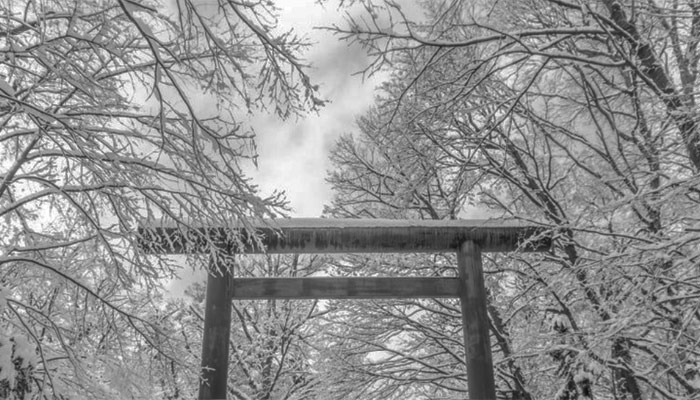
Ueshiba’s Hokkaido Saga – The Beginning
Morihei Ueshiba had felt adrift since his departure from the Army. He longed for fresh challenges and a profound purpose to dedicate his life to. This persistent restlessness ultimately led Ueshiba on an exploration journey to Hokkaido 北海道 where his life would intersect with destiny, setting in motion a series of events that would leave an indelible mark on the world of modern martial arts.
During that time, the Japanese government had a vision to colonize and transform Hokkaido into a thriving agricultural and industrial area capable of supporting its growing population. This involved significant projects such as land reclamation, infrastructure development, and the encouragement of immigration to the region. However, living conditions in Hokkaido were harsh, with settlers having to endure long and cold winters that posed challenges for farming and everyday life. The lack of proper housing, limited access to supplies, and basic amenities further added to the settlers’ challenges. To attract new settlers, the government provided incentives such as exemption from national defense service, land allocation, low-interest loans, and other subsidies. These efforts successfully attracted settlers from different parts of Japan and led to the establishment of numerous urban settlements. Additionally, labor for some of these projects was provided by prisoners.
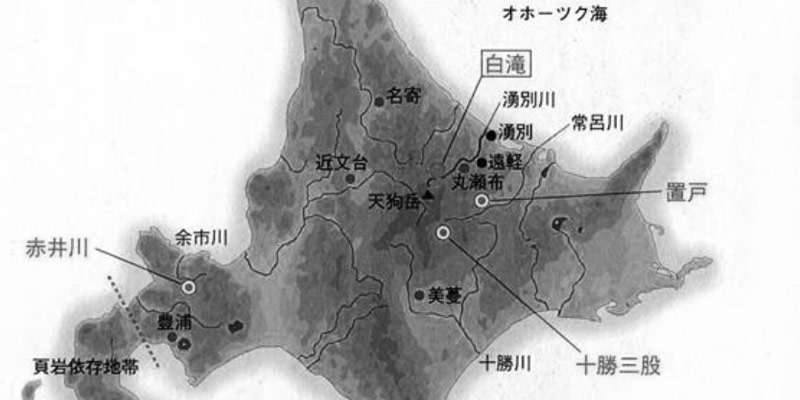
Hokkaido 北海道
When news of these settlement projects and government incentives spread to Tanabe 田辺, many young people became interested. The land in Tanabe wasn’t particularly fertile for farming, and at the time, fishing activities were disrupted by new government regulations. Additionally, many soldiers returning from the Russo-Japanese War were out of work, leading numerous individuals to seek new opportunities elsewhere, with the Hokkaido settlement appearing as one such opportunity. Ueshiba was also drawn to this settlement idea. In 1910, he decided to visit Hokkaido to assess its development. Accompanying him was Denzaburo Kurahashi 倉橋伝三郎, a local man who had returned from a Hokkaido settlement. Ueshiba met with the minister there and discussed the development plans in detail. He traveled to several different areas and eventually chose what was then known as Yubetsu 湧別 Village in the Shirataki 白滝 area as the site for his settlement. It was close to the nearby settlement of Engaru 遠軽, and another major reason for his choice was its excellent access to the Chuo Doro 中央道路, or the Central Road. This road, also known as the “Colonial Road”, stretched over 1,000 kilometers and was a crucial transportation route in the region. It traversed mountains, forests, and swamps, connecting various settlements and towns in Hokkaido, serving as a vital route for trade, communication, and supplies.
Ueshiba was a charismatic man and managed to recruit a group of 54 households with over 80 people, known as “Kishu Group 紀州団体”, primarily composed of local farmers and fishermen, for the Hokkaido settlement project. However, many of these individuals couldn’t afford the costs associated with relocation. Ueshiba turned to his father, Yoroku 与六, for help. Yoroku displayed great generosity and provided substantial financial support to assist his son and those less well-off in making the move. The trip finally took place in March, shortly after Ueshiba’s return from Hokkaido.
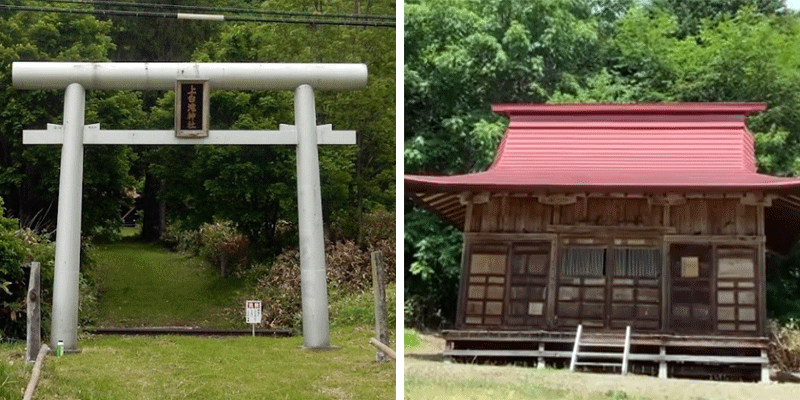
Kami Shirataki Shrine 上白滝神社
The initial years of the new settlement proved to be challenging. They dedicated a significant amount of time to clearing land and cutting trees. Farming was arduous, and harvests were disappointing. They could barely afford to purchase rice, often resorting to gathering wild plants or catching fish from Yamabe 山部川 and Iwana 岩魚川 rivers for sustenance. Ueshiba, as the leader of the Kishu Group, petitioned the government for support and relief. He also encouraged villagers to cultivate mint as a cash crop. Ueshiba invested in horse breeding and established a distribution network for food and supplies. He played a crucial role in founding the Shirataki Elementary School, expanding the Kami Shirataki Shrine 上白滝神社, and serving as the chairman of the Shirataki Health and Sanitation Union.
Gradually, his efforts bore fruit, and conditions in the settlement began to improve. Both farming and the logging business gained momentum. These achievements not only showcased his leadership skills and visionary entrepreneurship but also earned him a sterling reputation in the village and its surrounding areas. He was known as the “Shirataki King 白滝王” by the villagers.
In February 1915, Ueshiba embarked on a mission to Engaru on behalf of the village. Little did he know that during this trip, he would encounter one of the most significant individuals in his life, someone who would profoundly impact the creation of Aikido: Master Sokaku Takeda 武田 惣角.
Author’s Note: We appreciate your readership! This article serves as a preliminary introduction to the subject matter. While we aim for accuracy, we cannot guarantee the content’s precision and it may contain elements of speculation. We strongly advise you to pursue additional research if this topic piques your interest. Begin your AikidoDiscovery adventure! 🙂


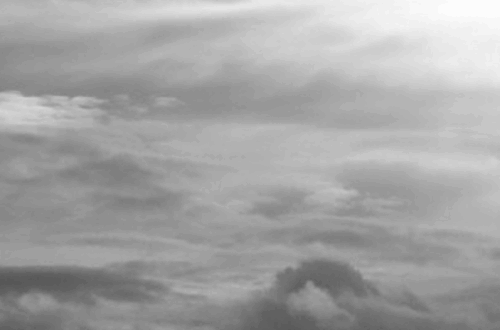
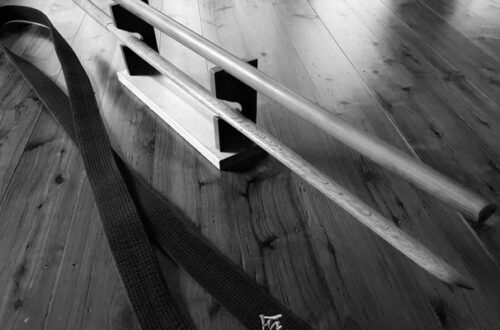
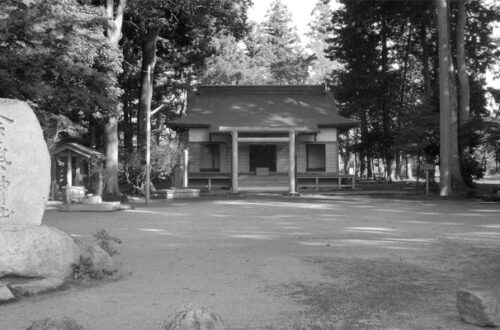
One Comment
Khamida Malianchinova
I just wanted to thank you for all your hard work bringing this website to life. I learned so many interesting and intricate details about aikido that is very rare to find elsewhere in both English and Japanese.
Right now I am writing a book about aikido, so I found your articles to be instrumental for my knowledge update.
Thank you!